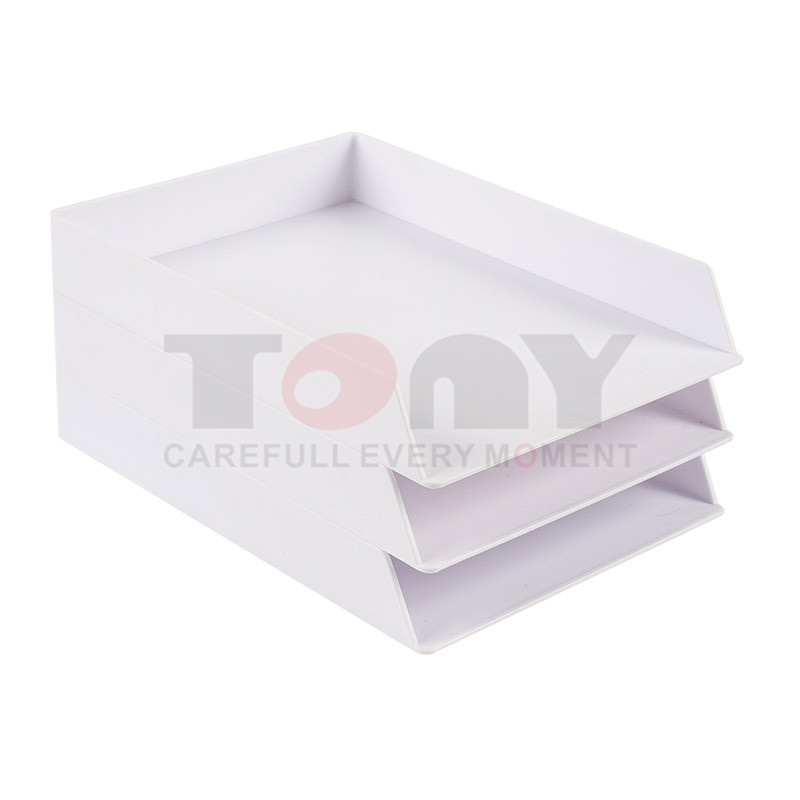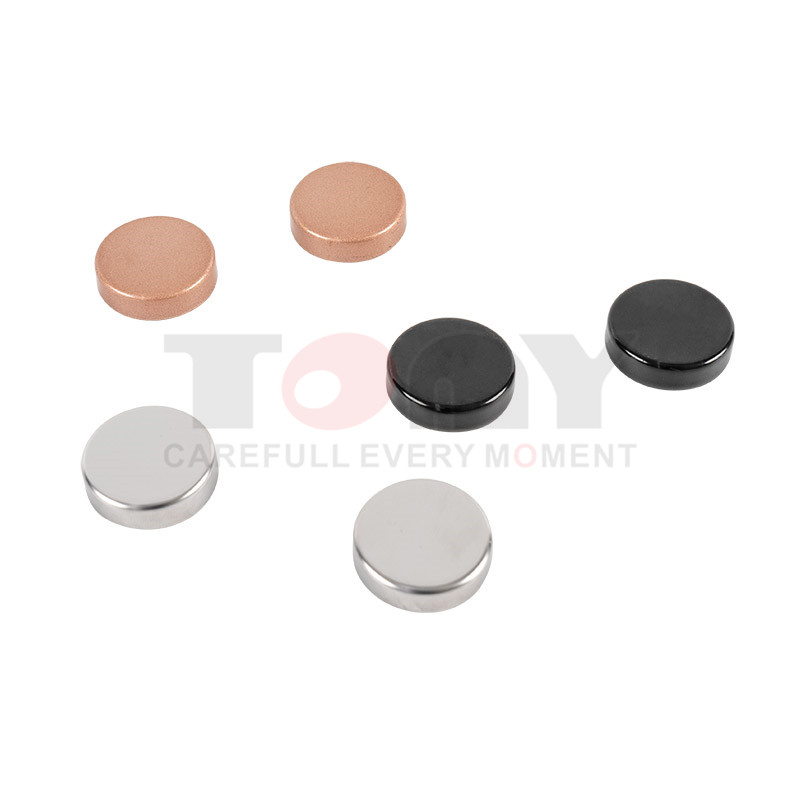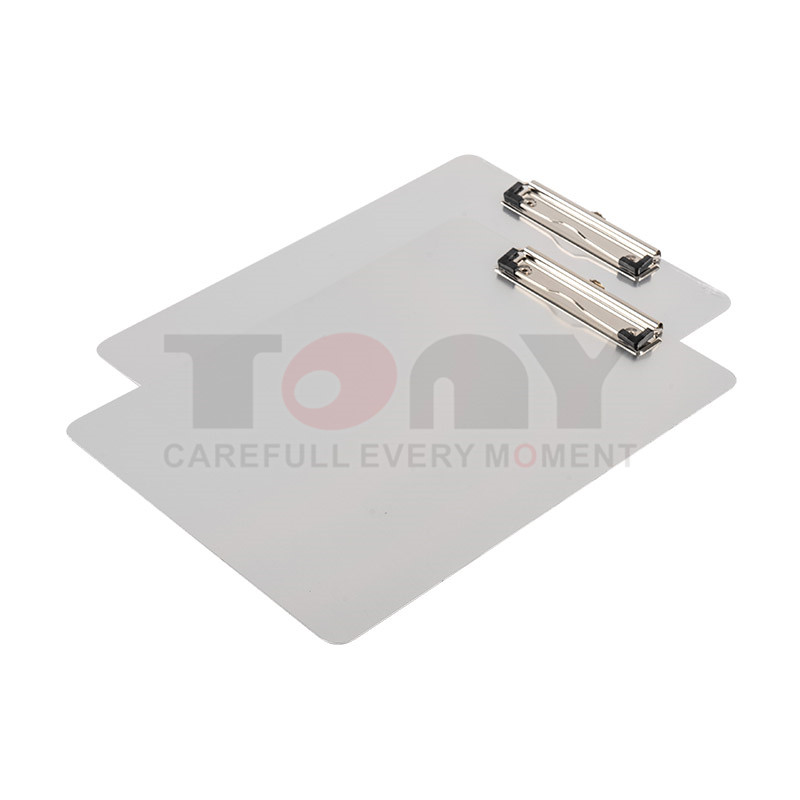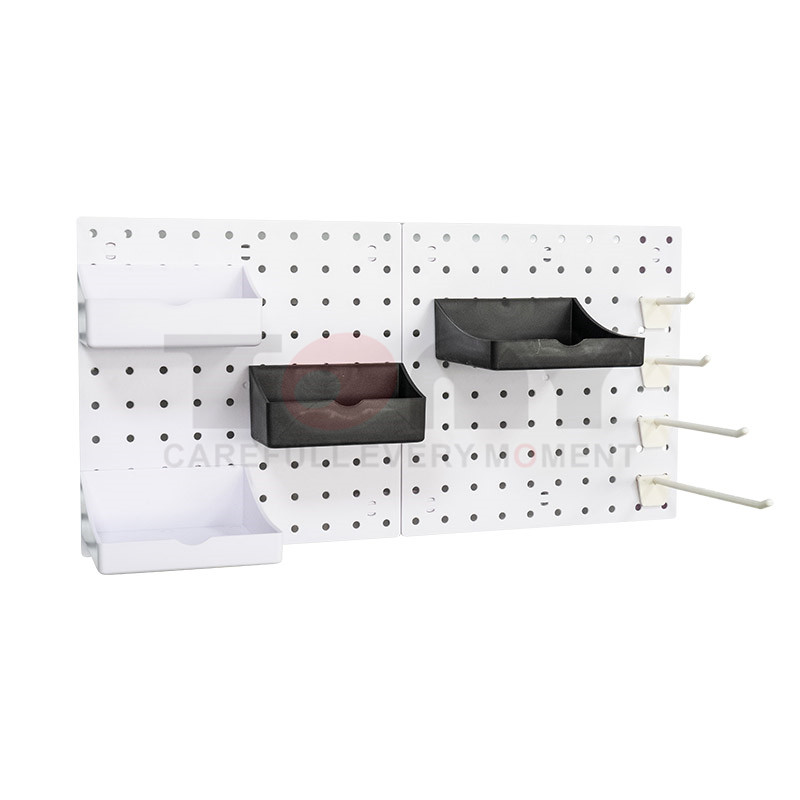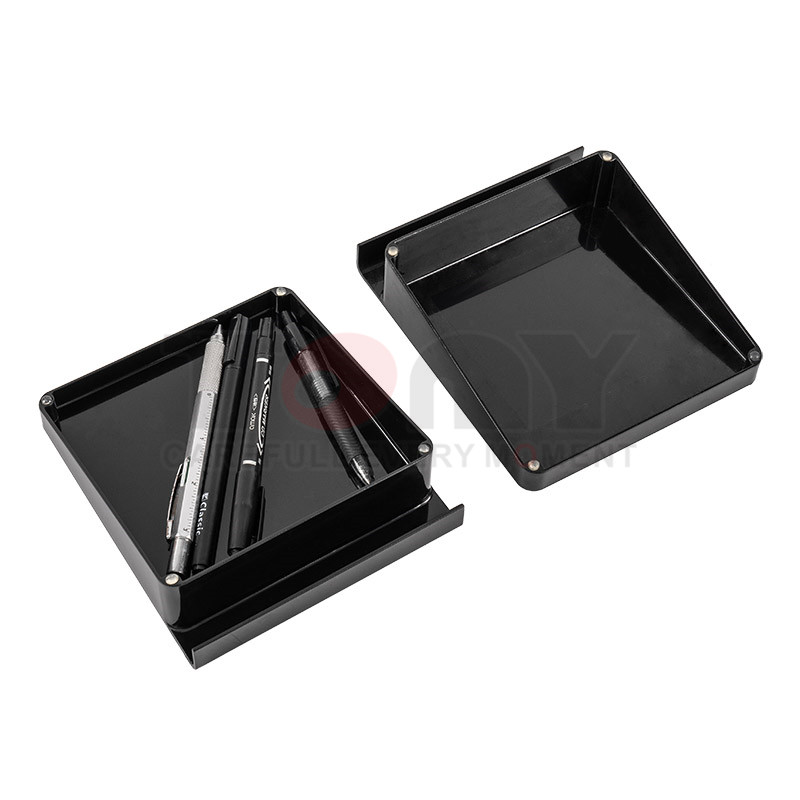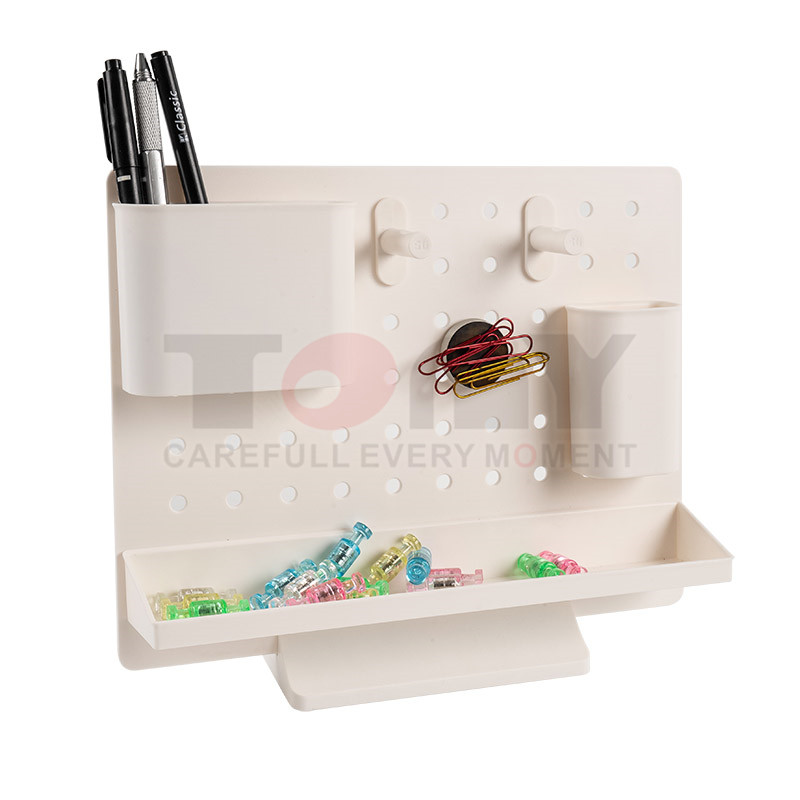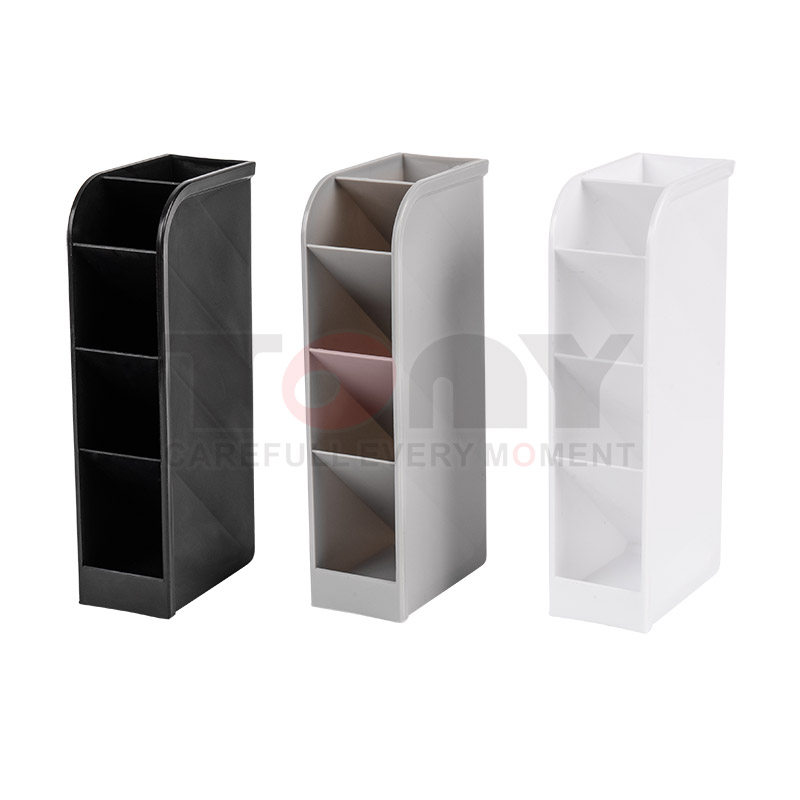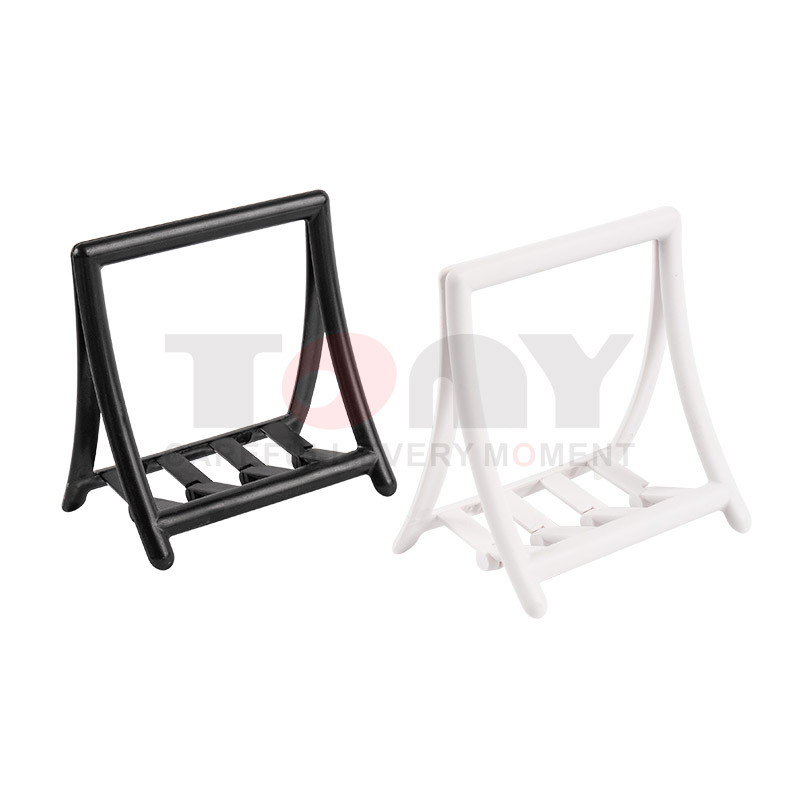What Are The Tony Magnets Made Of?
2023-11-21Magnets are used in a wide range of industries, from healthcare to electronics, and they are an essential component in many everyday items, including Office Products, Student Stationery & Consumer Products. But have you ever wondered what magnets are made of?
The most common materials used to make magnets are metal elements or alloys. Iron is the primary element used, but other elements such as nickel, cobalt, aluminum, and manganese can be mixed in to alter the properties of the magnet. Magnets can generally be classified into two categories: permanent magnets and non-permanent magnets.
Permanent magnets are made of materials that generate a magnetic field without the need for an external magnetic field. The most common permanent magnets are neodymium iron boron (NdFeB) magnets and oxide magnets. NdFeB magnets are made from a mixture of neodymium, iron, boron, and trace amounts of other elements. Oxide magnets, on the other hand, are made of nickel, iron, and oxygen.
Non-permanent magnets, also called electromagnets, generate a magnetic field when an electric current flows through them. They are used in applications where the magnetic field needs to be turned on and off quickly, such as in motors, relays, and speakers. Common non-permanent magnet materials include steel, stainless steel, aluminum, copper, and ferrite.
Regardless of whether the magnet is permanent or non-permanent, the manufacturing process involves special treatments and processes to create a strong magnetic field. The materials are melted and cast in molds to form desired shapes. They are then subjected to intense heat, often in a vacuum, to align the magnetic particles in a specific direction. The magnets are then cooled and cut to size, and any rough edges are smoothed out.
In conclusion, magnets are made of metal elements or alloys, including iron, nickel, cobalt, aluminum, and manganese. Permanent magnets generate a magnetic field without the need for an external magnetic field, while non-permanent magnets generate a magnetic field when an electric current flows through them. The manufacturing process involves melting and casting the materials, intense heat treatments, and cutting to size. These simple yet powerful devices play a crucial role in our day-to-day lives.



